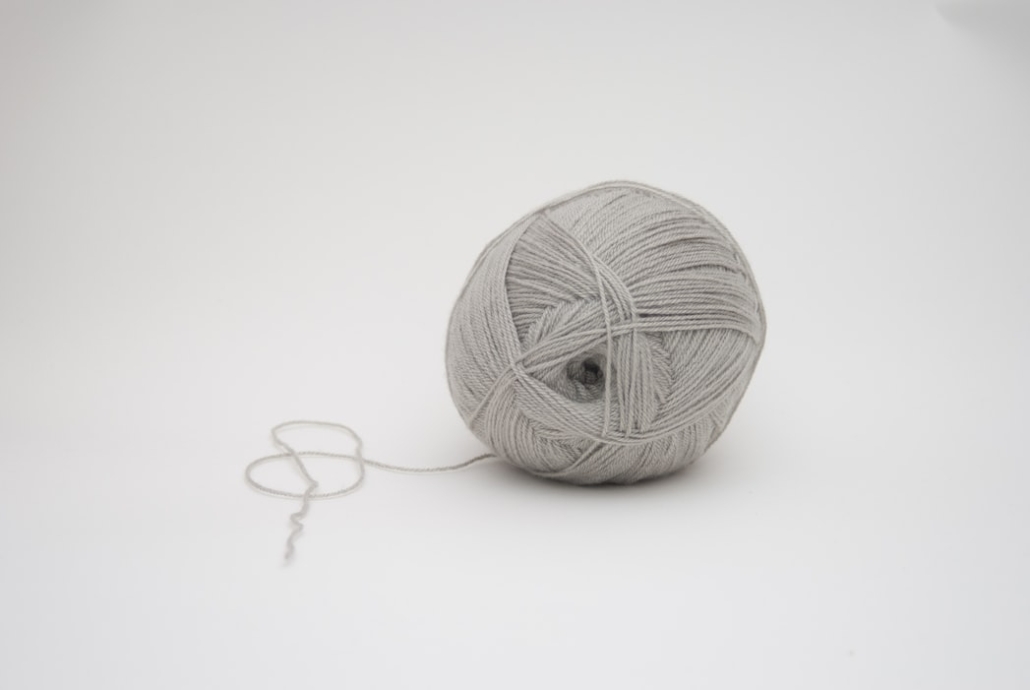
If you’ve been around Data Engineering for a while, like me, you’ve noticed a few trends in the industry at wide, and in individual data engineers themselves. There seem to be a few types of data engineers, and it depends on where you’ve worked, and what your projects have looked like that put you here or there. Some data engineers focus on general ETL, Data Warehousing, and such things. They move data around and transform it using a myriad of tools. The other set of data engineers are more focused on infrastructure at a low level, they provide the underlying tools and services others use to make that data move around and transfer.
Which are you? One of those topics you may or may not be familiar with depending on your background is RPC or more specifically gRPC. What is it?









